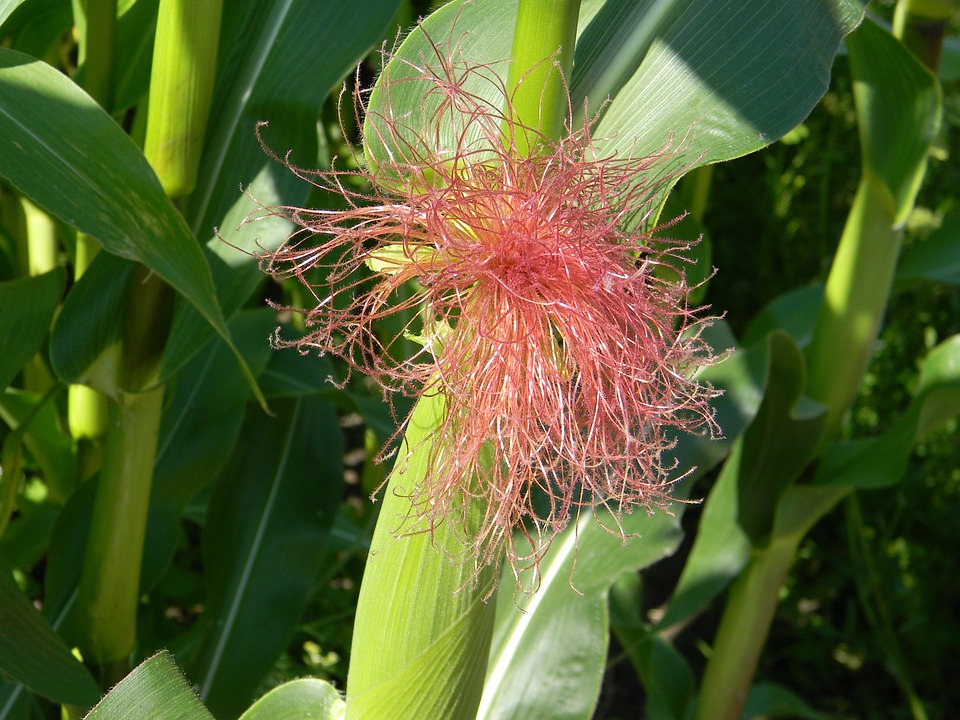Sustainable gardening is more than just a hobby; it’s a way of life. As someone who has spent years living off the grid, I’ve come to appreciate the value of sustainable farming and gardening. The feeling of growing your own food, reducing waste, and living in harmony with nature is truly unmatched. One of the key elements of sustainable gardening is choosing the right plants for your garden. Whether you’re a seasoned gardener or just getting started, selecting the right plants will ensure a thriving and bountiful garden. In this article, we’ll explore the ins and outs of sustainable gardening and how to choose the best plants for your garden.
When it comes to sustainable gardening, the first step is to select plants that are well-suited to your climate and soil conditions. Native plants are often the best choice, as they have evolved to thrive in specific ecosystems and require minimal maintenance. By choosing native plants, you’ll be supporting local biodiversity and reducing the need for chemical fertilizers and pesticides. Additionally, native plants are more likely to attract local wildlife such as birds, butterflies, and bees, which can help to pollinate your garden and maintain a healthy ecosystem.
In addition to native plants, it’s important to consider the overall health and sustainability of the plants you choose for your garden. Look for plants that are disease-resistant and require minimal water and maintenance. Drought-tolerant plants, for example, are a great choice for sustainable gardening, as they can thrive with little to no supplemental watering. This not only conserves water, but also reduces the amount of time and effort needed to maintain your garden.
Another important factor to consider when choosing plants for your garden is their nutritional value. If you’re growing food, select plants that are rich in nutrients and can provide a sustainable source of food for you and your family. Consider planting a variety of fruits, vegetables, and herbs that are well-suited to your climate and growing conditions. This will ensure a diverse and nutritious harvest, while also promoting sustainable farming practices.
Pro Tips:
– Research your local climate and soil conditions to determine which plants are best suited for your garden.
– Consider planting a mix of native plants, drought-tolerant plants, and food crops to promote biodiversity and sustainable food production.
– Avoid invasive species and plants that require excessive maintenance, as they can disrupt local ecosystems and require additional resources.
When it comes to sustainable gardening, the key is to work with nature rather than against it. By choosing plants that are well-suited to your local environment, require minimal maintenance, and provide nutritious food, you can create a thriving and sustainable garden. Whether you’re a seasoned gardener or just getting started, making informed choices about the plants you grow can make a world of difference for your garden and the planet. So go ahead, get your hands dirty, and start growing a sustainable garden that will flourish for years to come.



